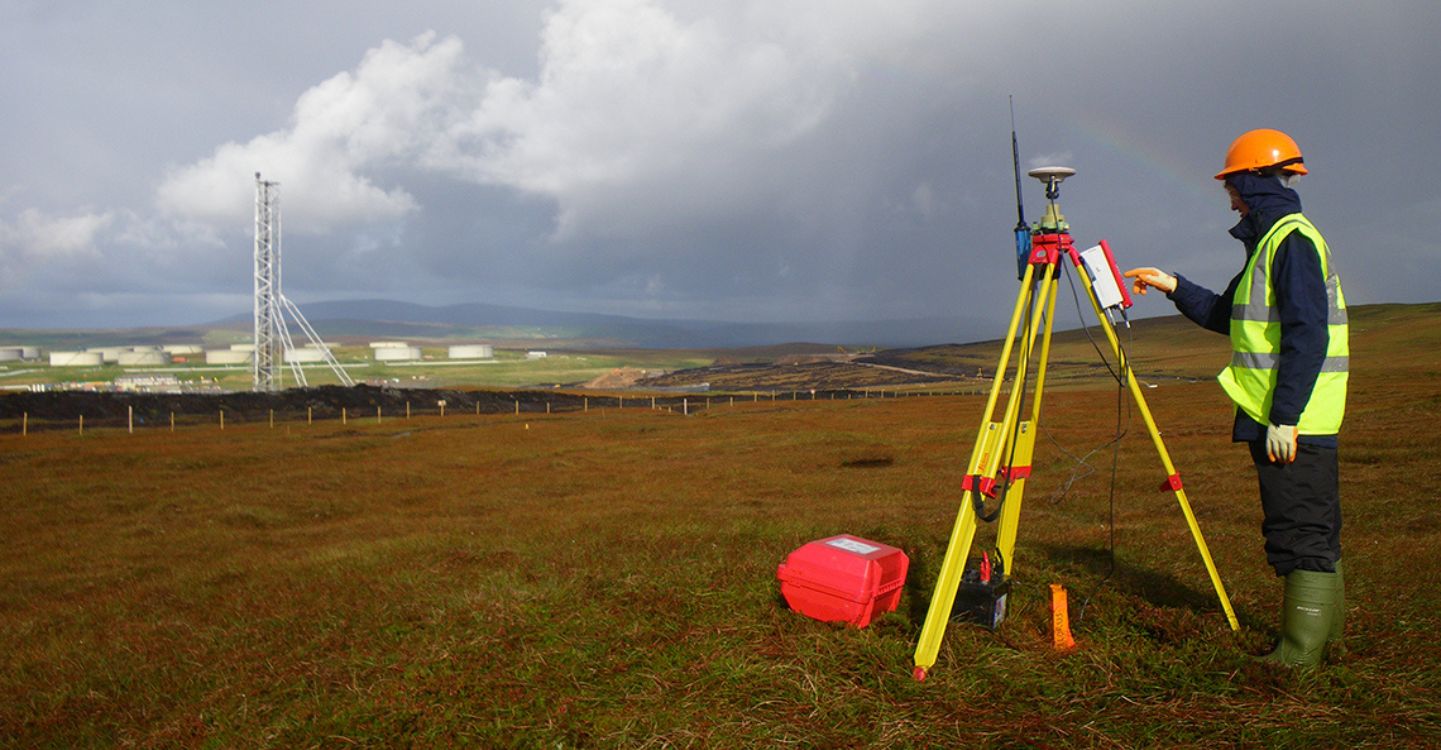Topographical Surveying: Accurate Mapping for Land Development Projects
Topographical Surveying: Accurate Mapping for Land Development Projects
Blog Article
Vital Tools and Techniques in Laying Out Design
The discipline of setting out design relies greatly on a suite of crucial devices and techniques that underpin the accuracy and performance of project implementation. What ramifications does this hold for future design methods?
The Importance of Accurate Dimensions

The significance of accurate dimensions expands past simple compliance; they are important to the overall efficiency of design processes. Errors can result in material waste, project hold-ups, and boosted labor expenses, ultimately impacting the task's bottom line. Moreover, accurate dimensions enhance the high quality of the last product, ensuring that it carries out as planned and meets the expectations of stakeholders - setting out engineering.
In addition, the value of precise measurements is apparent in various design techniques, including civil, mechanical, and electrical engineering. Therefore, cultivating a culture that prioritizes precision is necessary for the future of engineering.
Important Tools for Laying Out
Laying out, an important phase in the engineering and construction procedure, counts greatly on certain tools that guarantee precise location and alignment of frameworks. Amongst these tools, the land surveyor's degree sticks out, giving specific horizontal measurements important for establishing recommendation points. This instrument makes it possible for engineers to determine elevation modifications and keep uniformity across the job site.
The total amount station is another essential tool, integrating electronic distance measurement with angular dimension abilities. This technology improves performance and accuracy in catching spatial data, allowing for effective site layout and preparation.
Furthermore, using measuring tapes and marking devices, such as chalk lines or stakes, is basic for momentarily noting limits and crucial points on the website. These standard tools, though straightforward, are essential for ensuring clear interaction amongst the building and construction team relating to task specs.
Last but not least, general practitioner modern technology has gotten traction in laying out procedures, providing real-time positioning data and substantially enhancing accuracy over conventional techniques. Jointly, these vital devices create the backbone of efficient laying out practices, ultimately adding to the effective implementation of engineering and construction projects.
Advanced Surveying Techniques
Advanced surveying techniques play a pivotal function in enhancing the accuracy and effectiveness of design tasks. These techniques incorporate a variety of methodologies that provide accurate information for style and building. Standard methods, such as leveling and triangulation, have actually developed into much more sophisticated approaches, consisting of Overall Station studies and International Navigating Satellite Systems (GNSS)
Complete Terminal tools integrate electronic theodolites with range dimension abilities, permitting land surveyors to collect exact location information with wonderful rate. This technology dramatically reduces mistakes connected with manual measurements and provides real-time information handling. Furthermore, GNSS supplies unequaled precision for large projects by utilizing satellite signals to figure out specific positioning, which is necessary for aligning frameworks and ensuring compliance with layout requirements.
Along with these tools, advanced strategies likewise incorporate geospatial analysis and 3D modeling. These methods allow engineers to envision surface and website problems extra successfully, promoting far better decision-making during the planning phase. By utilizing these advanced surveying methods, engineering projects can accomplish better precision in design, This Site lower rework, and ultimately enhance browse this site total task success.
Digital Modern Technology in Engineering
The assimilation of digital innovation has reinvented engineering methods, boosting both productivity and accuracy throughout numerous disciplines. Tools such as Building Details Modeling (BIM) assist in the visualization and monitoring of intricate tasks, enabling engineers to work together flawlessly and make notified choices. This innovation allows the development of comprehensive 3D designs, which can be analyzed for structural honesty and performance prior to building begins.

The application of synthetic knowledge and maker learning in engineering processes even more enhances anticipating maintenance and optimization of sources. In general, electronic technology is improving the design landscape, driving advancement, and ensuring that projects are completed with better efficiency and lowered danger.
Finest Practices for Application
When implementing digital modern technology in design, it her latest blog is vital to develop a strategic approach that straightens with project objectives and business capabilities. A detailed analysis of existing process and modern technology infrastructure is necessary to identify spaces and possibilities for enhancement. Engaging stakeholders early in the procedure cultivates collaboration and makes certain that the modern technology meets individual requirements.

Project managers should embrace an iterative execution technique, enabling adjustments based upon real-time responses and efficiency examinations. This active approach not just reduces threats yet likewise advertises continual enhancement by including lessons learned.
Final Thought
In conclusion, the integration of necessary devices and progressed strategies in establishing out design is vital for guaranteeing precision in measurements and successful task execution. Utilizing tools such as property surveyor's degrees, total stations, and GPS technology, alongside modern checking approaches, boosts accuracy and lowers the possibility of mistakes. Taking on best practices in implementation better maximizes these procedures, inevitably fostering improved task end results in the engineering and building industries.
The technique of setting out engineering counts heavily on a suite of essential tools and methods that underpin the precision and efficiency of project implementation.In addition, the significance of exact measurements is evident in numerous design disciplines, including civil, mechanical, and electric engineering. By utilizing these advanced evaluating techniques, engineering projects can achieve better accuracy in design, minimize rework, and ultimately enhance total task success.
Generally, electronic innovation is reshaping the design landscape, driving advancement, and making sure that projects are finished with better effectiveness and reduced danger (setting out engineering).In conclusion, the combination of crucial devices and progressed methods in setting out design is crucial for ensuring accuracy in dimensions and successful task implementation
Report this page